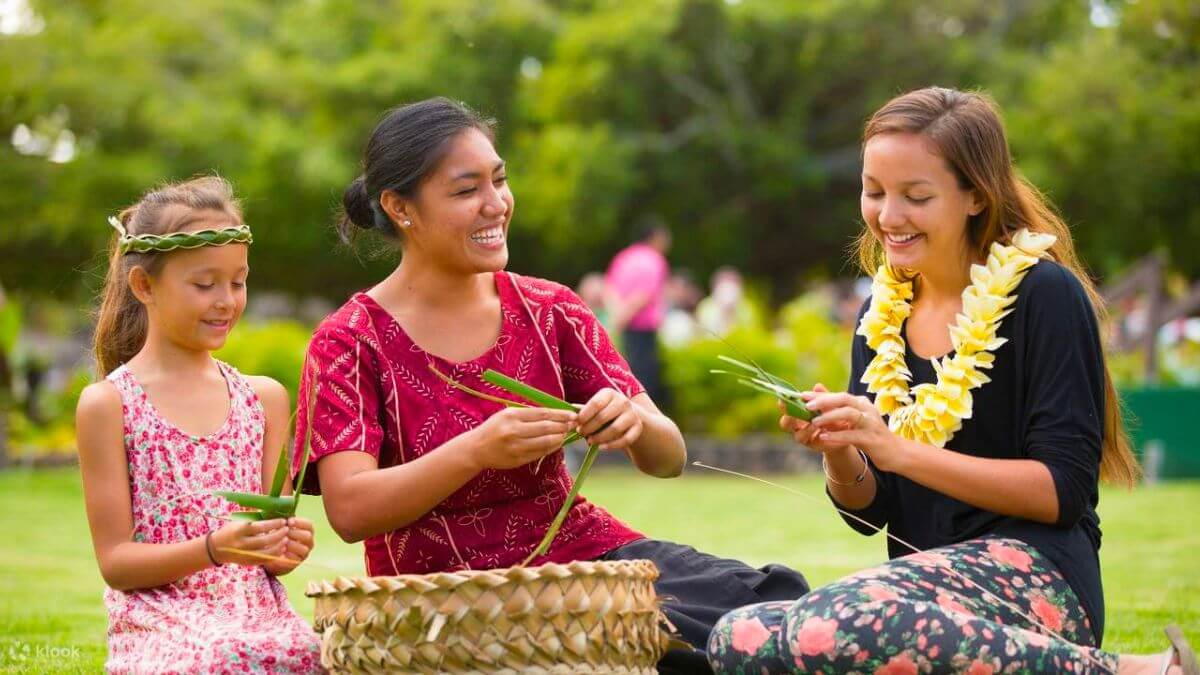Traditional Hawaiian culture evolved independently of outside influences for over a thousand years. Beginning around AD 300, Polynesian people arrived on the islands in canoes, employing a complex system of navigation procedures. Then successive waves of inhabitants came in this tiny archipelago – the world’s most isolated location – and established their methods, ideologies, and ways of life, blooming from the cultural seeds planted by the initial community.
If you know where to look, you can still find these practices on the islands today. Meet a traditional healer, gaze in awe at the foot of centuries-old lava rock temples, or watch hula dancers sway at the crater’s edge, bringing you closer to the live heart of ancient Hawaiian customs. Visitors can discover what makes these Polynesian islands so special by making an extra effort to find the straw in that umbrella drink.
Discover the spiritual art of hula – Traditional Hawaiian Culture
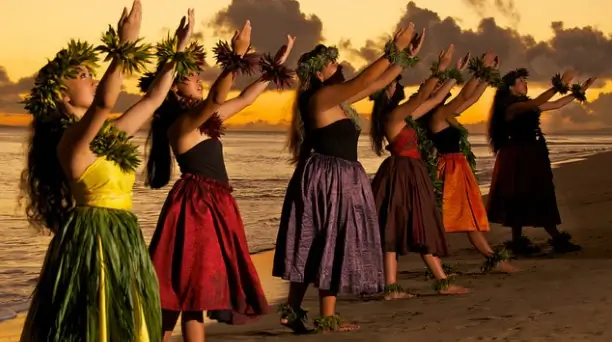
Hollywood’s idea of flirting is hip-hop dancers in grass skirts and coconut-colored bikini tops. On the other hand, the true Hawaiian hula tradition is not like that. The stories depict historical events, such as epic wars or deeds of gods and goddesses, and are accompanied by the beating of the ipu (empty gourd) and lithe motions. The dancers’ limbs are wrapped in colorful tigo-leaf or tapa (smashed-bark) fabric skirts.
Hula is now a lifelong practice for dedicated, enthusiastic dancers, but you can try it for just one morning or afternoon. You can find free hula lessons at Hawaii’s larger beach resorts and retail centers, or you can take a fish lesson at your local community cultural center. The legendary kumu hula makes you feel more human, not to mention instructive (hula master).
Hula celebrations are held all year across the islands, but the Big Island’s Merrie Monarch Festival, which begins on Easter Sunday each year, is the big winner. Hilo hula halau (school) competitors from Hawaii, the mainland United States, and Asia participate in both kahiko (old) and auana (modern) forms. Check out the monthly dance sequence in Hawai Volcanoes National Park, also on the Big Island, for a less hectic hula performance (reward: it’s free!). The Volcano Arts Center sponsors the dancers, who perform overlooking the Halemaumau crater and the molten lava lake home to Pele, the Hawaiian goddess of fire and volcanoes.
Facts about Hula in Hawaii you may be shocked to hear
Visit the island’s farmers market.
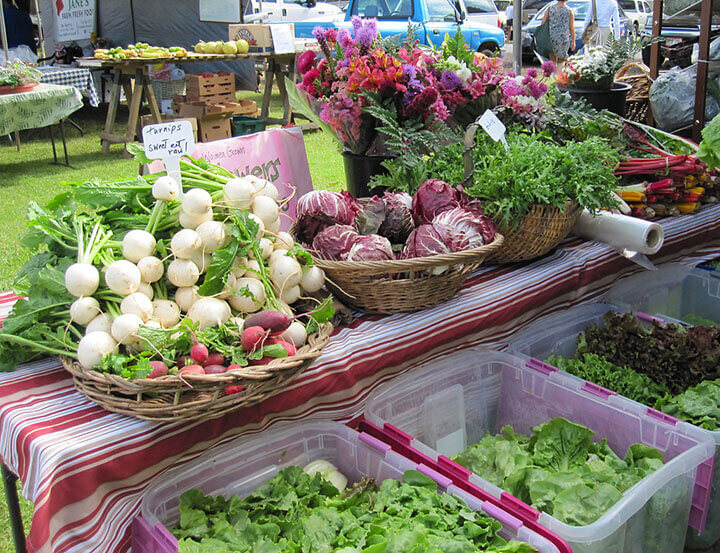
A bustling farmers market is a great place to meet and talk with the keepers of contemporary Hawaiian culture, from craftspeople to singers. Drink a bowl of freshly brewed awa, a somewhat sedative drink produced from kava roots, or a dosage of therapeutic noni juice (Indian mulberry). Watch as the artisans carve bowls from grainy koa wood and the aunts weave sun hats from the local hala tree’s leaves. Don’t leave without trying traditional Hawaiian delicacies like laulau, which consists of a bundle of pork or chicken wrapped in taro or ti leaves and steamed with savory butterfish. It is frequently served with poi (steamed, mashed taro), a millennium-old mainstay of native Hawaiian cuisine.
All of the major islands have family-friendly farmers markets. The KCC Farmers Market at Waikiki Beach on Oahu and the Kauai Community Market in Lihue, Kauai are two of the largest and best. Both events take place every Saturday, rain or shine.
At heiau, you can walk in the footsteps of ancient Hawaii.
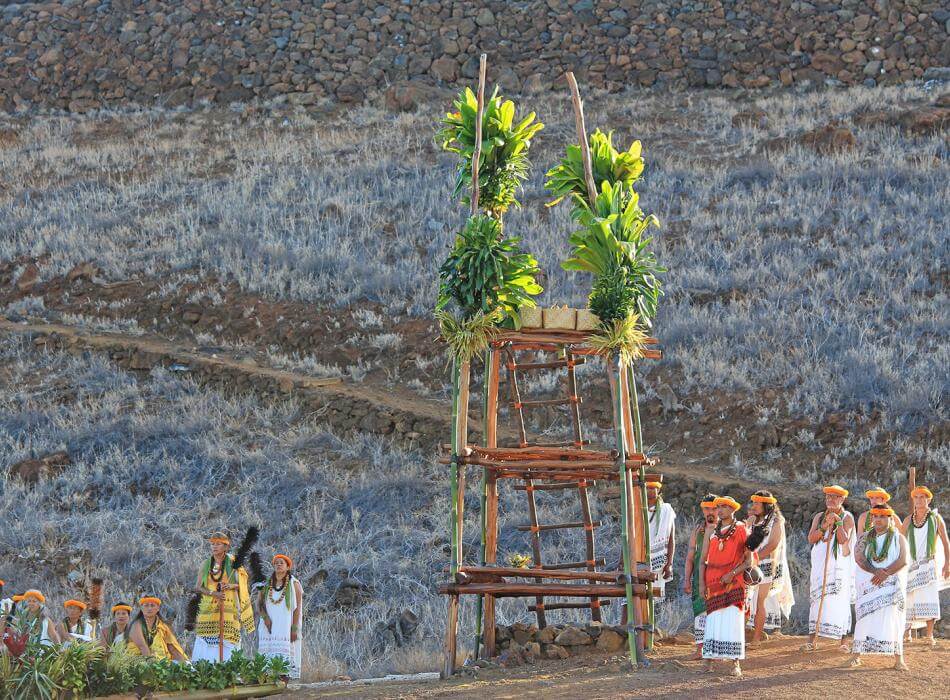
Long ago, Hawaiian temples known as heiau were dispersed over the archipelago, but many of them are now nothing more than volcanic bedrock walls and grass sprouts that have taken root in the crevices. On the other hand, the natural environment of these ancient places of devotion is often breathtaking: panoramic views of lapping ocean waves or steep mountains towering above jungle-like valleys. Even decades after certain temples were abandoned, you may still sense the mana (spiritual essence) as you walk about the sacred grounds. Keep in mind that the heiau is still regarded sacred, and the ancient structures are rather fragile.
Puuhonua o Hnaunau National Historical Park on the Big Island has restored heiau to exhibit visitors what Hawaiian temple complexes looked like. These temples also served as a refuge for ancient Hawaiian taboo breakers (called kapu). Piilanihale Heiau, located on Maui’s Road to Hana, is one of Hawaii’s largest temple complexes. It is housed within the Kahanu Gardens, a collection of tropical plants that include key species such as cassava and sugar cane, which were brought to Hawaii by the earliest Polynesians who sailed across the Pacific Ocean in canoes.
Get a massage from a Hawaiian herbalist – Traditional Hawaiian Culture
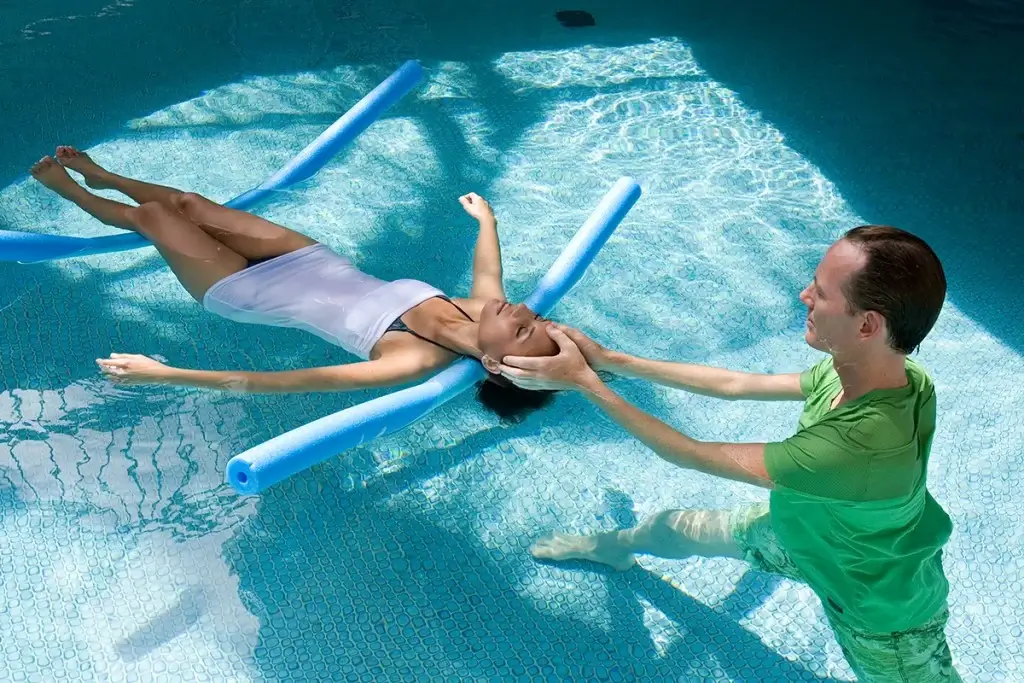
In ancient times, laau lapaau (traditional healers) played an important part in village life, typically working in specialist temples such as Kea’iwa Heiau in the mountains. Traditional Hawaiian herbalists practice today, frequently passing on their expertise to future generations by training their own descendants in the healing arts. Many Hawaiian doctors use lomilomi (meaning “loving hands”) massage into their treatments, which often include a blessing oli (hymn).
Skip the touristic beach resort spas for a real lomilomi massage or another Hawaiian herbal remedy. Make an appointment with a local culture house that can work from their own home instead. Angeline’s Muolaulani in the laid-back Hawaiian village of Anahola on Kauai is noted for her four-hand lomilomi massage, followed by a scrub with sea salt and native clay.
Go outside and feel the love for food – Traditional Hawaiian Culture
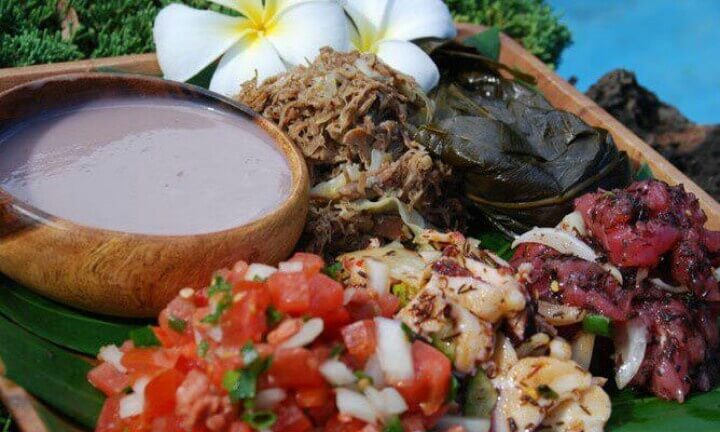
Aloha aina, which means “love and care for the land,” is a deeply ingrained concept in Hawaiian society, where the alii (royalty) once acted as caretaker of the land on behalf of their subjects. Aloha aina is now a popular slogan for everything from recycling to conservation projects to children’s farming activities.
You may contribute to Hawaii’s unmatched beauty by volunteering for a few hours during your visit. Every island has regular volunteer opportunities such as beach cleanup days, indigenous forest restoration initiatives, and hiking paths. Simply inquire with your hotel concierge or consult local publications, websites such as Conservation Connections, or the local island organizations of the Surfrider Foundation (Surfrider.org) and the Sierra Club.
Even if you can’t volunteer on your trip, make time for a short stroll – to a waterfall, through a bamboo forest, or to a windswept end-of-the-world beach like Ka Lae on the Big Island or equally windswept Point Kaena on Oahu. Those raw landscapes will show you what the ancient Hawaiians saw and offer you a better understanding of Hawaiian culture’s foundations, which are inextricably linked to the soil.
